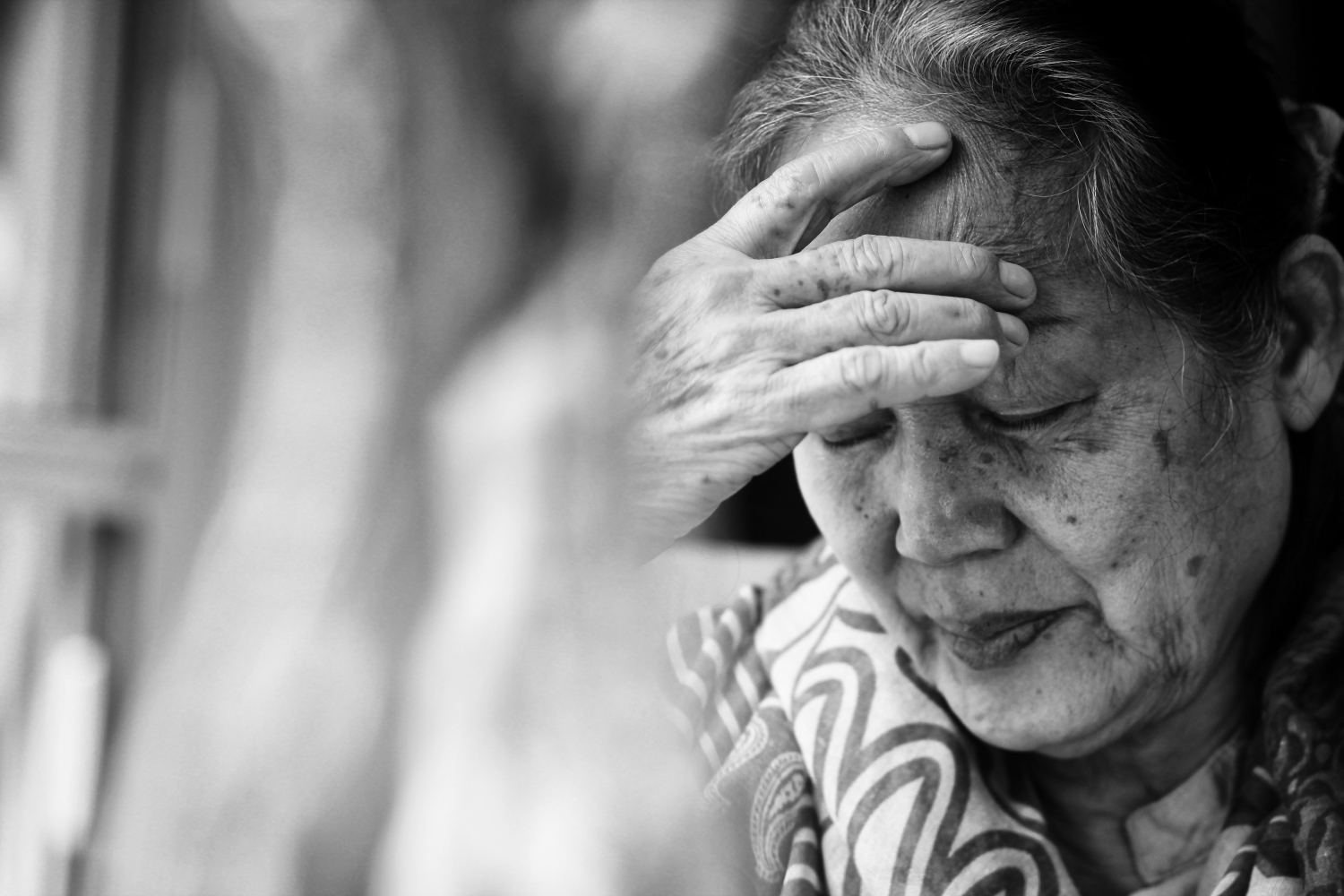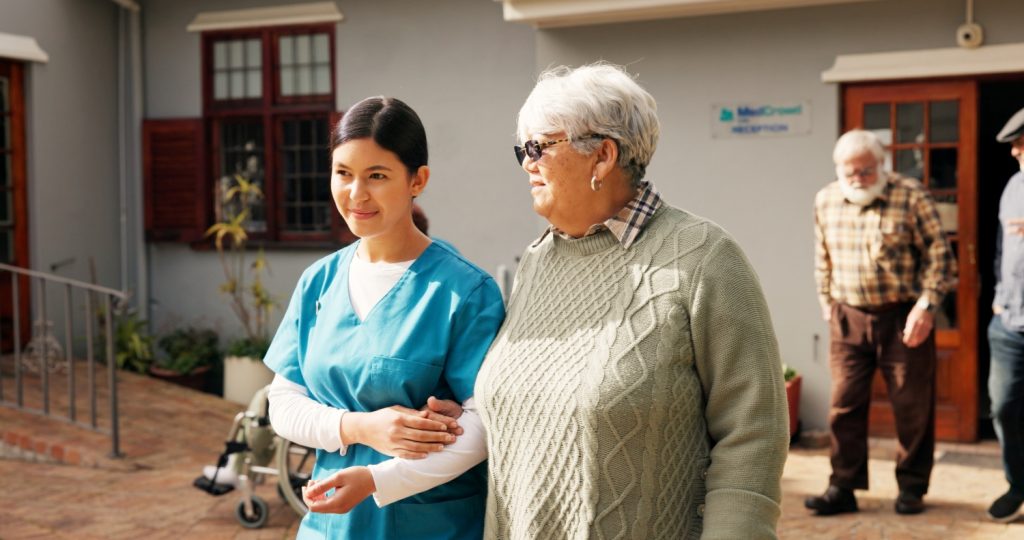This is part one of a three-part series from ASA’s Economic Security Advisory Council.
Older Americans depend upon a variety of economic support sources. Employment is the fundamental source of economic security for Americans, for workers and for those who depend upon them. While some older Americans depend upon current work, nearly all depend upon Social Security.
Retirement resources come from a variety of different sources: Social Security, employer-provided benefits, personal savings, home value, a range of government programs beyond Social Security, income on investments, support from family and friends and more.
Uncertainty drives human life and in turn economic security. At the very basic level, there is a major series of questions Americans should ask themselves for planning purposes, some of which apply early on in the life cycle and some later:
Who will I be?
How long will I live?
Where will I live?
Will I have a family?
What will be our sources of economic security?
Where will I work throughout my life?
What will be our health and disability status?
These questions help me to think about who my family is and some of what we as women can do to ensure we are secure, financially. Family patterns vary by gender, and economic status varies greatly by gender. The variation in economic status can reflect economic conditions, demographics, education, and the willingness or lack of willingness to hire women. Women seem to get laid off more often than men and they have more trouble getting hired when jobs are tight. Other reasons for lower income are discussed below:
At older ages, men are much more likely to be married than women. Men have higher incomes than women, and women are much more likely to be widowed.
While retirement and safety net systems generally have the same provisions for men and women, they operate differently in practice, because of differences in life and employment histories:
- Higher median income—in 2022, the median income of older people was $29,740. Men had a higher median income overall at $37,430, compared to $24,630 for women.
- Longer life spans—at age 65, women are expected to live an average of 22 more years and men an average of 20 more years. But women also are expected to have longer periods of disability in old age. Life expectancies for women are 2 years greater than men at age 65, 2.3 years greater at age 75, 1.5 years greater at age 80 and 1 year greater at age 85 and older.
- Higher poverty rate—in 2022, 11.2% of women lived in poverty, compared to men at 9%, and a higher percentage of older people living alone were poor (17.7%) compared to
older people living with families (6.6%).Women have shorter work histories—working an average of 12 years less over their lifetimes, due largely to caregiving responsibilities.
- Women are likely to spend their last years alone—after age 85, only 13% of women are married with a spouse present. A high percentage of older women are widows, and some spend many years as widows. Among those who are older than age 85, 75% are widowed and 87% are not currently married.
- Women earn less—women’s earnings have consistently been less than men’s on average.
- When men lose spouses, they are likely to remarry, but women are much less likely to remarry. Men often marry younger spouses, leading to long periods of widowhood for those women. This is important because it means that women spend more time alone, plus they have longer periods of disability and are less likely to have a family caregiver.
- Rates of divorce have increased, leaving more women alone in old age.
The following table demonstrates how family status and living arrangements by gender change with age:
Table 2: Marital Status by Age and Gender Among Older Americans
| Marital Status | Men | Women | ||
| Age Group | 65–84 | 85+ | 65–84 | 85+ |
| Married | 72% | 51% | 48% | 13% |
| Divorced and Separated | 13 | 7 | 17 | 7 |
| Widowed | 10 | 38 | 30 | 75 |
| Never Married | 5 | 4 | 5 | 5 |
| Total | 100% | 100% | 100% | 100% |
Source: Stepler, Renee, Smaller Share of Women Ages 65 and Older Are Living Alone, More Are Living with Spouse or Children, Pew Foundation, 2016; data is based on tabulation of 2014 American Community Survey and adjusted for rounding.
The bottom line, women’s median retirement income is 58% of men’s median retirement income, driven in part by a combination of fewer total years of work and lower average earnings. Plus, divorce settlements contribute to the differences in retirement income for some people. In traditional divorce settlements, it was not unusual for women to get the house and the husband to retain the pension. At least 40% of older women who are living alone have virtually no income except Social Security.
Anna M. Rappaport, FSA, is an actuary, consultant, author and speaker, and past president of the Society of Actuaries. She has served on several government advisory committees. Most recently, in 2010 she was appointed to the Department of Labor’s ERISA (Employee Retirement Income Security Act of 1974) Advisory Council.
Photo credit: Mama Belle and the kids













